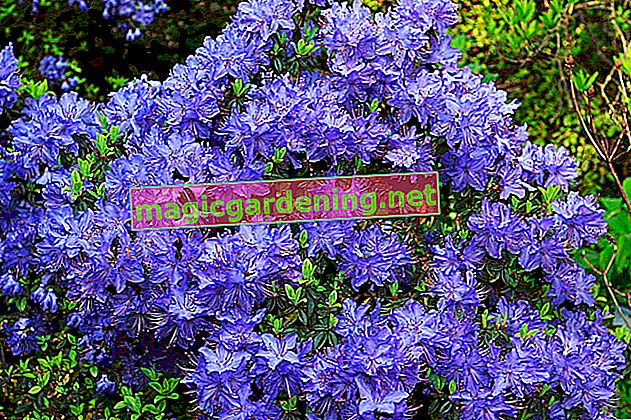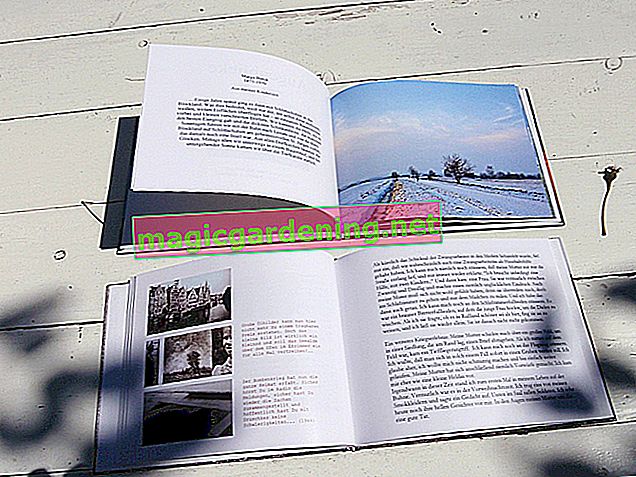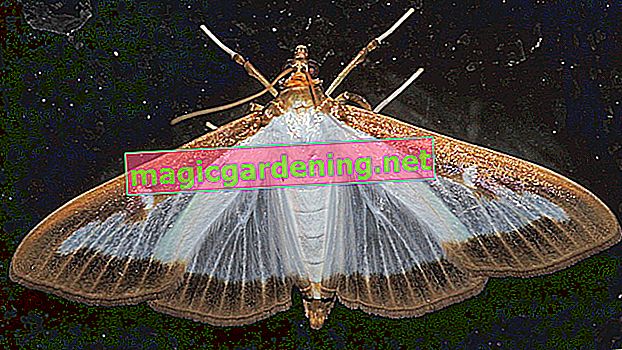
How important is watering?
The greatest attention should be paid to the water balance of these flowers. They have a high water requirement and are greedy for the cool water, especially when they are in bloom in summer. The water is superficially important for a lush bloom.
also read
- How does the wintering of lobelia work?
- Lobelia is sure to like this location!
- Lobelia - the perfect teammates on the balcony!
If the plants are too dry, you can tell by the withered, dried up leaves. Always water when the top layer of soil has dried - preferably in the morning and, if necessary, in the afternoon on hot days, a second time. But be careful that there is no waterlogging. This causes discomfort to the lobelia.
What role does fertilization play?
Fertilizing is also crucial for abundant flowering.
- Lobelia in the pot: fertilize every 1 to 2 weeks
- Correctly dose liquid fertilizer
- significant nutrients: nitrogen and phosphorus
- It is best to add fertilizer to the irrigation water
- fertilize from March to August
- use horn meal as an alternative to liquid fertilizer
Can I do without a cut back?
Lobelia do not need pruning. Only the withered flowers should be removed towards the end of July. A hand hedge trimmer (€ 135.56 at Amazon *) can be used for this. Otherwise, these old flowers only mean unnecessary ballast for this plant. After the cut, new shoots form, which will bloom soon and until autumn.
Should you overwinter the lobelia?
Unfortunately, the lobelia in this country is only annual. The reason: It is not hardy. Even overwintering is not worthwhile for most species. Therefore, the lobelia should be torn out and composted in October. You can purchase new copies next year.
Those species that are perennial can be overwintered. They should be cut down in autumn and placed in a cool place between 5 and 10 ° C. Even in winter they need to be poured lightly. From May perennial lobelia can be put out again.
Tips
If your lobelia has blotchy leaves, there is probably some disease behind it. Bacterial infections can be recognized by angular spots, whereas fungal diseases leave rounded spots.








